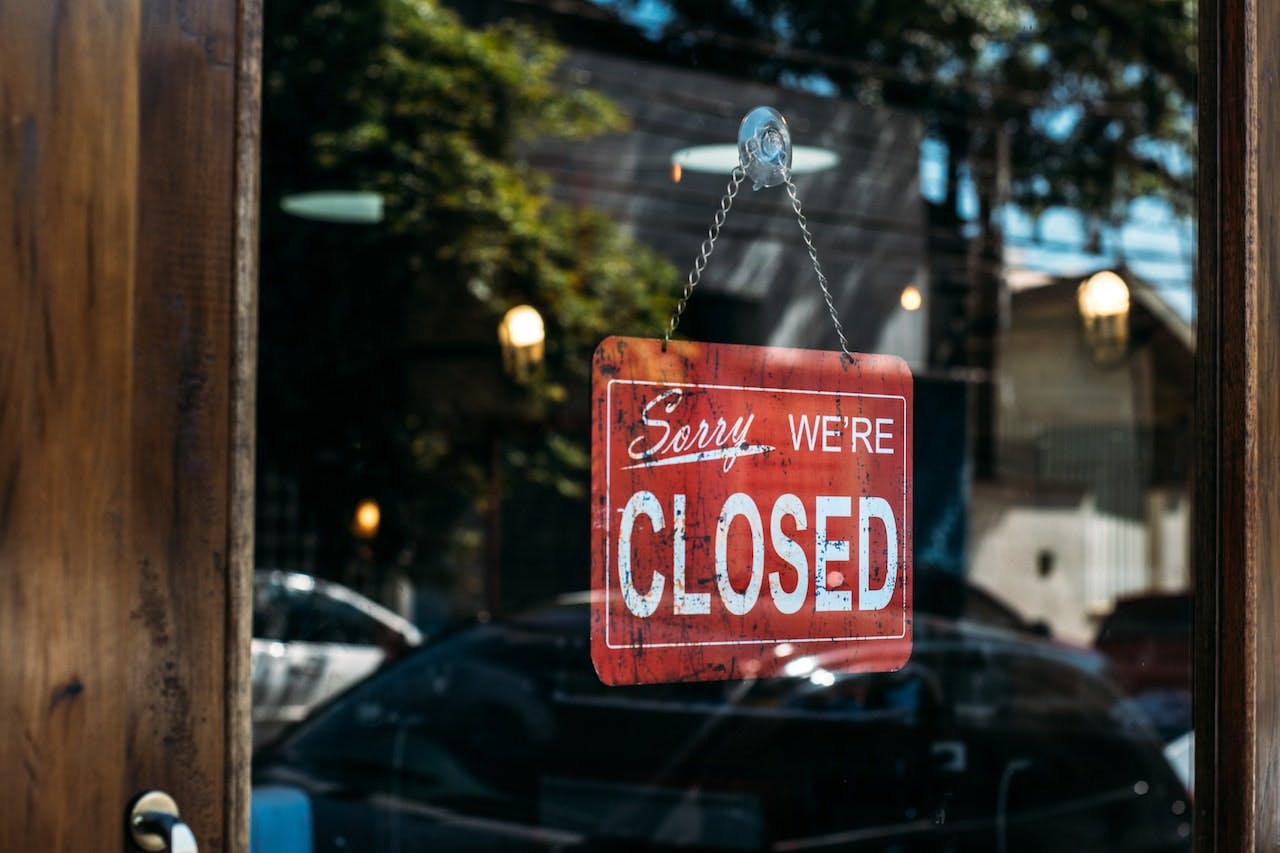Businesses everywhere strive to create a safe and risk-free working environment for their employees. This is both an ethical responsibility and an important step in avoiding regulatory finds and immeasurable reputational damage.
Beyond that, the Occupational Safety and Health Administration (OSHA) takes responsibility for inspecting workplaces around the country and issuing citations and penalties for any infractions of government safety laws. In 2021 alone, OSHA completed 24,000 OSHA inspections.
The simple mention of an OSHA inspection is enough to strike fear into the heart of any health and safety manager. After all, violations can be costly for any business. That’s why it’s essential to be prepared, especially if your business is at risk of an inspection.
So, what happens during an OSHA inspection? And how can you respond to any findings? Read on to learn how OSHA inspections may impact your business.
What Triggers an OSHA Inspection?
With millions of workplaces around the country, OSHA doesn’t have time to check each one meticulously. If you ever trigger an inspection, then a few things might have happened:
- A work-related incident has resulted in injury or death on-site.
- Employees and references have filed complaints about your safety posture.
- The government believes that there is an imminent and potentially severe danger to your employees.
- OSHA has scheduled a follow-up inspection after you’ve made corrective actions in response to a previous inspection.
Of course, industries generally laden with risk have regularly scheduled inspections from OSHA known as programmed inspections.
How Are Inspections Conducted?
An OSHA compliance officer or, in some states, a state inspector will come by your facility to conduct the inspection. The meeting occurs during your regular opening hours.
What Happens During an OSHA Inspection?
Inspections begin with the inspector presenting OSHA credentials to you and requesting a warrant to enter your facility and undergo the audit. An opening conference ensues to explain the purpose and scope of the visit briefly. Have your management teams and employees listen in too.
The next stage is essentially a tour of the factory floor. Representatives from your company are allowed to walk with the inspector during the visit, though the inspector has the right to request a private interview with specific employees if desired.
In the end, a debriefing conference occurs to conclude the inspection and discuss any concerns or issues.

How Does OSHA Obtain My Consent?
You can deny entry to the OSHA officer or refuse permission to take pictures, talk to employees, or use sampling devices on internal equipment. If the inspection is for only a portion of the company, you can deny expanding the scope to the rest of the workplace. However, most inspectors can obtain a warrant from a judge fairly quickly.
Are There Any Exceptions to OSHA Inspections?
No one is off the hook for inspections involving previous injury or safety complaints, but some small businesses are exempt from programmed inspections under certain conditions:
- The organization has 10 or fewer employees.
- The industry in which it operates is relatively low-risk.
- The Lost Workday Rate is lower than the national average.
Calculate the Lost Workday Rate by multiplying the total number of workdays lost to operational incidents per year by 200,000 and then dividing by the total number of working hours.
What Happens If an Inspection Uncovers Something?
What are the OSHA inspection priorities when the inspector uncovers an infraction, and how can businesses respond?
When OSHA finds a violation, it issues a citation containing information like the penalties it proposes, the amount of time you have to implement corrective action, and possible procedures for contesting the charges if you wish.
What Are My Options?
Don’t panic if you receive a citation. Stop and think about minimizing the impact by responding promptly and appropriately. Consult with your OSHA Area Director to settle the case. You can either:
- Pay the penalty and fix the issue
- Negotiate with OSHA to make changes to the citation
- Contest the citation entirely with the Review Commission.
Remember that the employer is always responsible, even if an employee is the direct cause of a safety violation. In some unfortunate cases, OSHA will shut down the offending business if the incident is severe enough, but this case is pretty rare.

How Can I Respond?
There are a few ways to negotiate an OSHA finding.
Variances of OSHA standards are permissible if the business doesn’t have the means to address the problem in a reasonable time. In addition, variances can be permanent if you have sufficient alternative protections for employees.
Defenses against OSHA citations apply in certain circumstances, such as when no employees were exposed to hazards or the company had no way of knowing the infraction had occurred.
Of course, you can always just pay the penalty, which might range from $5,000 to $70,000 or beyond, depending on factors like
- The seriousness of the violation
- Whether the business acted in good faith
- The size of the business
- Its history of OSHA violations
Discover How monitorQA Can Get You Ready for Your Next OSHA Inspection
OSHA inspections are either programmed (regularly scheduled) or in response to previous concerns or incidents. An inspector arrives at your company, walks around the facility, talks with employees, and lets management know of potential infractions.
The best way to prepare for OSHA inspections is to check your safety posture regularly. Businesses have the means to audit their own facilities or those of their business partners efficiently through mobile inspection software. In addition, having the whole checklist and inspection data on your phone allows you to take pictures and make detailed comments on what you can do to improve workplace safety and be fully prepared for the OSHA inspection process, in compliance with the OSH Act and to prevent workplace injuries.
Don’t let a costly incident and an OSHA fine jeopardize the reputation your business has worked so hard to establish. Conduct safety audits with confidence through monitorQA’s mobile inspection software.
last modified:09.17.24
Recent Posts

OSHA Ladder Safety 101: How to Meet OSHA Standards and Keep Your Workers Safe

Car Wash Safety: Regulations & Best Practices You Need to Know

Fall Hazards At Work: How To Keep Your Employees Safe

The High Price of Neglect: OSHA Violations and Penalties

Expert Advice on Preventing Workplace Electrical Hazards

Slips, Trips and Falls in the Workplace: Best Practices

HSEQ Audit: The Complete Guide

Keeping Up With Compliance Trends 2024

Improve Safety: Inspection Management Software Benefits

Promoting Safe and Productive Working Environments: Occupational Health & Safety Tips to Consider
